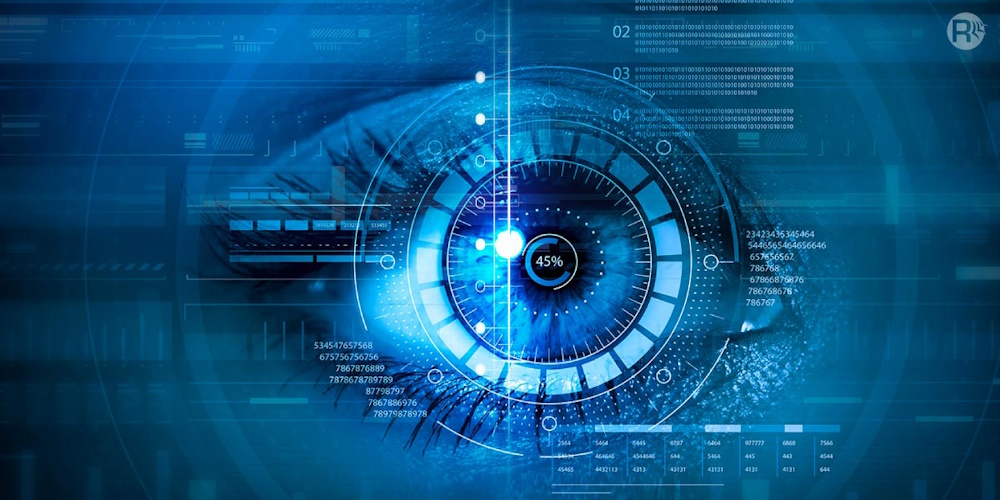 Computer Vision
Computer Vision
Like human vision, computer vision enables computers to interpret and understand visual information from the world around them
Computer vision systems use neural networks, machine learning, and deep learning algorithms to process images, similar to how humans put together a jigsaw puzzle. The network breaks down images into pixels, labels them, and then performs mathematical operations to make predictions. The network then iterates, checking the accuracy of its predictions until it starts to recognize images. As the technology continues to advance, computer vision is becoming increasingly integral to many AI-powered solutions, driving innovation in products and services.
Components of Computer Vision
- Image recognition: Identifying objects, people, or scenes in images.
- Object detection: Locating specific objects within an image or video.
- Facial recognition: Identifying individuals based on facial features.
- Scene understanding: Interpreting the context and relationships between objects in an image.

Computer Vision works through these Steps
- Image acquisition: Capturing visual data through cameras or sensors.
- Image processing: Enhancing and preparing the image for analysis.
- Feature extraction: Identifying key features or patterns in the image.
- Classification: Categorizing the identified features using machine learning models.
Applications of Computer Vision
- Agriculture: Computer vision can monitor agricultural areas.
- Automotive: Enabling self-driving cars to navigate and detect obstacles.
- Document analysis: Computer vision can help extract visual elements from documents, such as images, signatures, logos, or stamps.
- Facial recognition: Computer vision can recognize faces in images and videos.
- Healthcare: Medical image analysis for diagnosis and treatment planning.
- Manufacturing: Quality control and defect detection on production lines.
- Medical imaging: Computer vision can help process medical imaging data, such as from CT scans and X-rays.
- Retail: Enhancing customer experiences through visual search and AR applications.
- Sports performance analysis: Computer vision can analyze sports performances.
 Links
Links
ibm.com/think/topics/computer-vision
uipath.com/product/ai-computer-vision-for-rpa
aws.amazon.com/what-is/computer-vision/
viso.ai/computer-vision/what-is-computer-vision/